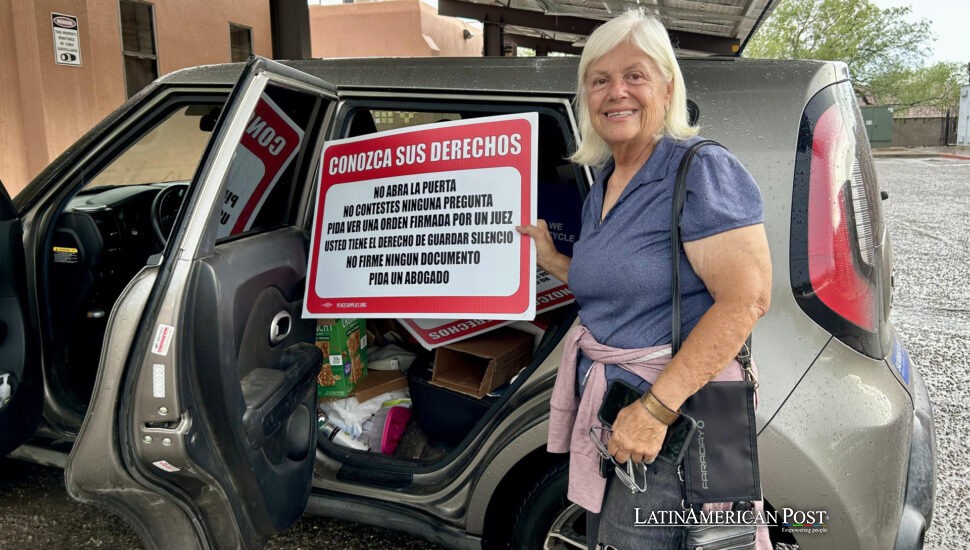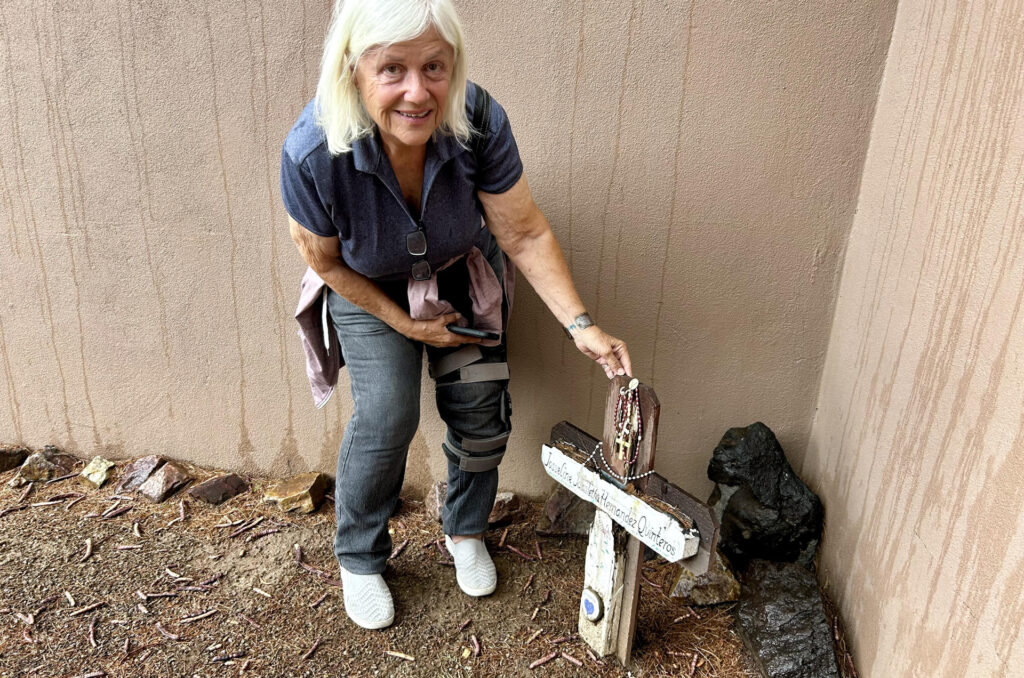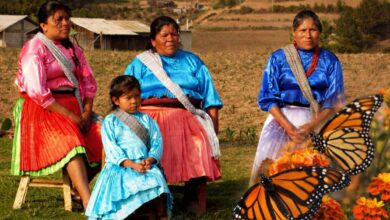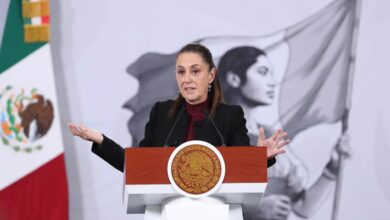Crosshairs in the Desert: How U.S. Agents Turned on Humanitarians at the Mexican Border

In Arizona’s sun-scorched borderlands, a 74-year-old volunteer delivering water to migrants was thrown to the ground at gunpoint by undercover federal agents—raising urgent questions about justice, identity, and whether compassion itself is becoming a crime.
A Mission of Mercy Ends in Guns and Handcuffs
For more than a decade, Gail Kocourek drove the same dusty roads outside Sasabe, Arizona, hauling water jugs and beans into the desert. A grandmother and longtime volunteer with Samaritans, she was known by name to Border Patrol agents. But on March 12, everything she trusted collapsed in a cloud of dust and terror.
That afternoon, Kocourek and two fellow volunteers responded to news that one of their water caches had been vandalized—smashed live on social media by self-styled vigilantes. They drove into the badlands, scanning for damage. But instead of a broken barrel, they encountered armed men beside a pickup truck. No uniforms. No badges. Believing they were vigilantes, the group turned back toward the border wall.
Then came the chase. A sedan, unmarked and menacing, roared up behind them. Kocourek floored her Subaru, her heart thundering as guns flashed in the rearview. “I screamed at my friend to call Border Patrol,” she told EFE in a trembling voice.
They found an agent—finally, a uniform. Relief turned to disbelief as the officer ordered them to cut the engine. The pursuers leapt out, leveled weapons, and tore the volunteers from the car. Only once they were handcuffed in the dirt did the assailants identify themselves: Homeland Security Investigations (HSI) agents. No warrant. No clear charges. Just a cold declaration—“attempted murder of a federal officer.”
A Civil Rights Case Born in the Sand
The story might have ended there—one more frightening border encounter—but Kocourek and fellow volunteer Evan Spry, who filmed the arrest until agents seized his phone, decided to fight back. They’ve filed a federal lawsuit, seeking over $500,000 for unlawful arrest, excessive force, and constitutional violations.
“I don’t care about the money,” Kocourek told EFE. “I care about the message. If this can happen to a 74-year-old grandmother, what do you think they’re doing to Mexican migrants in the dark?”
Advocacy groups say this is just the latest in a disturbing pattern. María Eugenia Carrasco of the Arizona Human Rights Coalition has logged numerous cases of migrants and aid workers ambushed by men in tactical gear driving Mexican-plated trucks with no ID. “They could be ICE, or they could be a cartel. Who can tell anymore?” she said. The tactics blur law enforcement and intimidation—what Carrasco now calls “legalized kidnapping.”
With hardline rhetoric from the Trump administration fueling these operations, humanitarian groups fear the desert is turning into a constitutional vacuum—where helping others could soon be treated as a felony.
The War on Migration Collides with a Woman’s Lifework
Kocourek is not naïve. She’s spent twelve years navigating a desert where migrants die by the hundreds each year. She knows the danger of vigilantes, the heartbreak of death trails, and the slow erasure of humanity from U.S. immigration policy. But she never thought she’d become the enemy.
Her mission used to be simple. Fill the Subaru with water. Drive where GPS pings show migrant crossings. Leave food, clean socks, and laminated cards explaining rights. Offer a prayer. Drive home.
But in recent years, the ground shifted. Water barrels were slashed. She was followed home—ranches filled with militias. “There’s a coldness in the air now,” she said. “A feeling that kindness is subversive.”
The March ambush drove that message home. “Government agents who hide their faces aren’t protecting the country,” Kocourek said. “They’re mimicking the very terror they claim to prevent.”
Legal experts agree. Carlos Domínguez, a professor at the University of Arizona, says accusations like attempted murder require proof that suspects knew their pursuers were officers. “That’s nearly impossible when they arrive like ghosts,” he told EFE.

Drawing the Line in the Desert Sand
Despite nightmares and lingering trauma, Kocourek is not done. When the July heat breaks, she’ll return to the trailheads with reinforced protocols: body cameras, pre-recorded emergency numbers, and a rule—no interaction without credentials.
Her resolve has only hardened. “Mexican migrants are still walking through 100-degree canyons. They still need water.”
Spry, though younger, feels the same sense of unease. “We used to wave at Border Patrol,” he said. “Now we look at every windshield and wonder who’s behind the glass.”
Carrasco’s group now trains volunteers in security tactics. In Nogales, residents have recently reported men posing as power company workers, caught on doorbell cameras with earpieces and military boots. The FBI is reviewing the footage.
In Phoenix, Latino lawmakers are demanding a congressional investigation into the rise of undercover enforcement tactics. “The line between justice and intimidation is disappearing,” their open letter warns.
Back in the desert, monsoon rains bloom wildflowers where footprints once faded. At a trailhead, a blue plastic barrel appears, bearing a red cross and a note: “Para mis hermanos mexicanos—que el agua les salve la vida.” For Kocourek, it’s a quiet rebellion.
“The desert already takes so much,” she said, palms pressed as if in prayer. “We can’t let it take our humanity, too.”
Also Read: Venezuelan Rappers Escape El Salvador’s Hell and Turn Their Trauma into Music
Credits: Based on reporting by EFE, with interviews from Gail Kocourek, Evan Spry, María Eugenia Carrasco, and Carlos Domínguez. Additional context provided by the Arizona Human Rights Coalition and legal filings submitted in the U.S. District Court.




